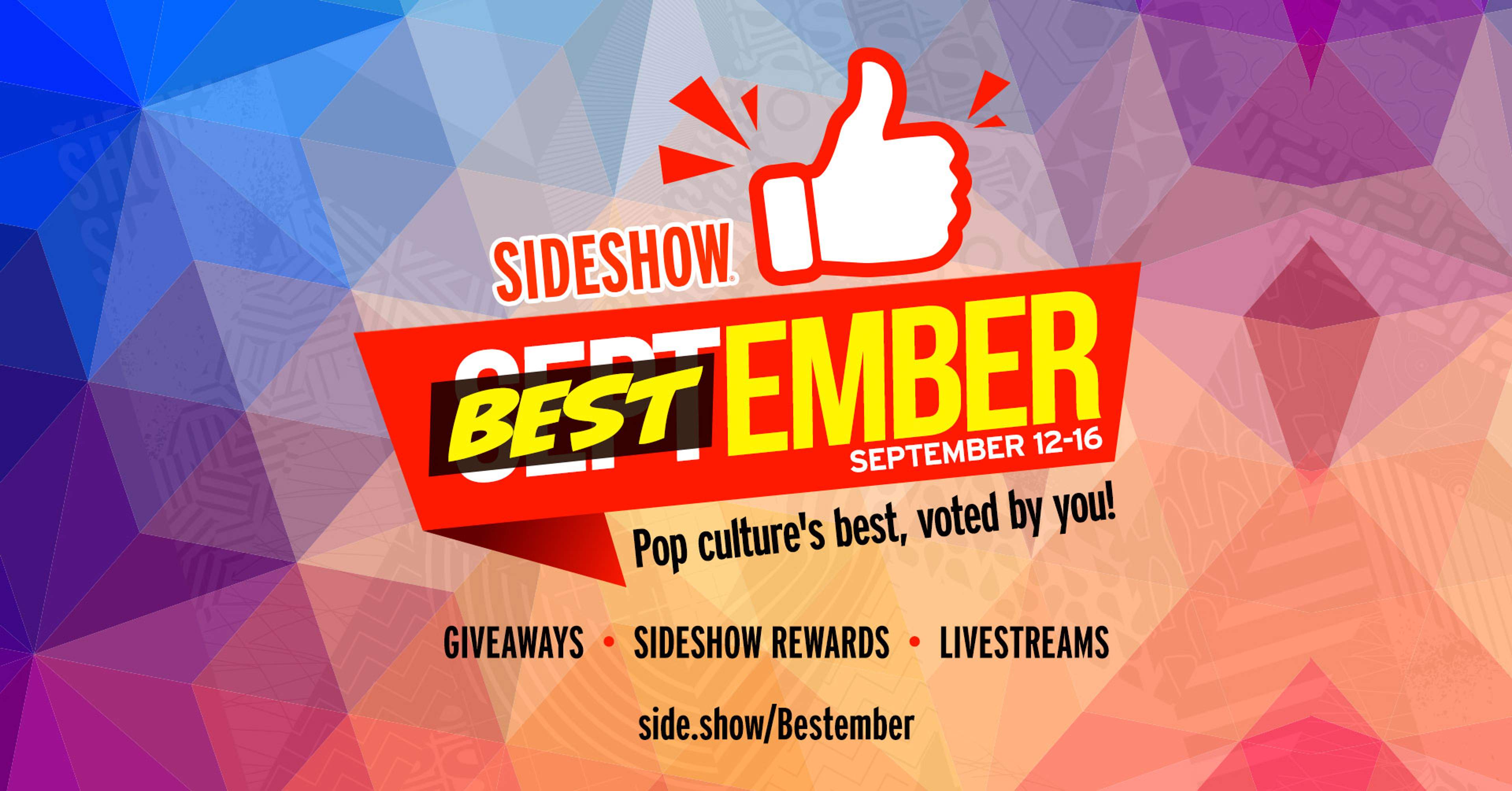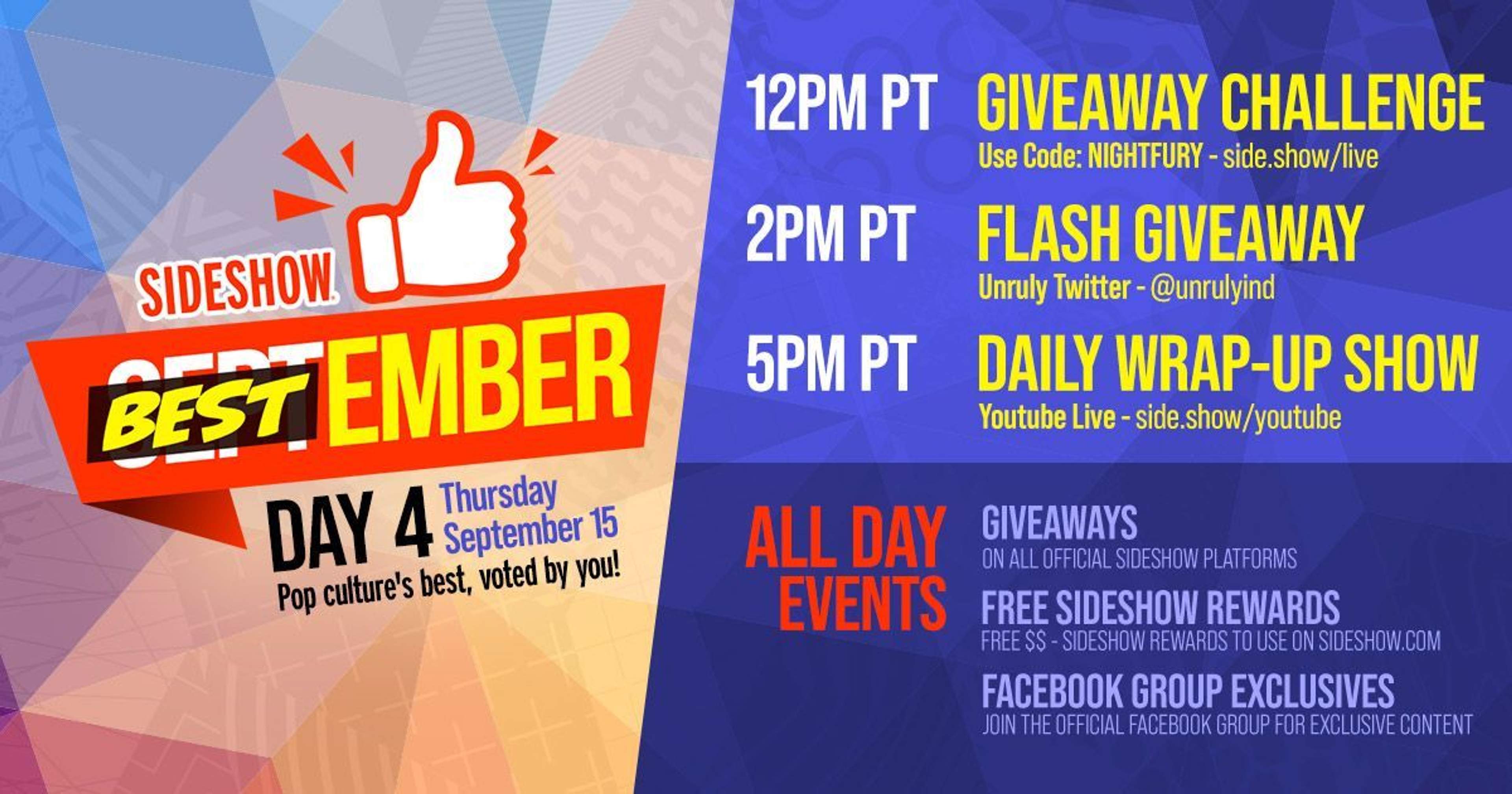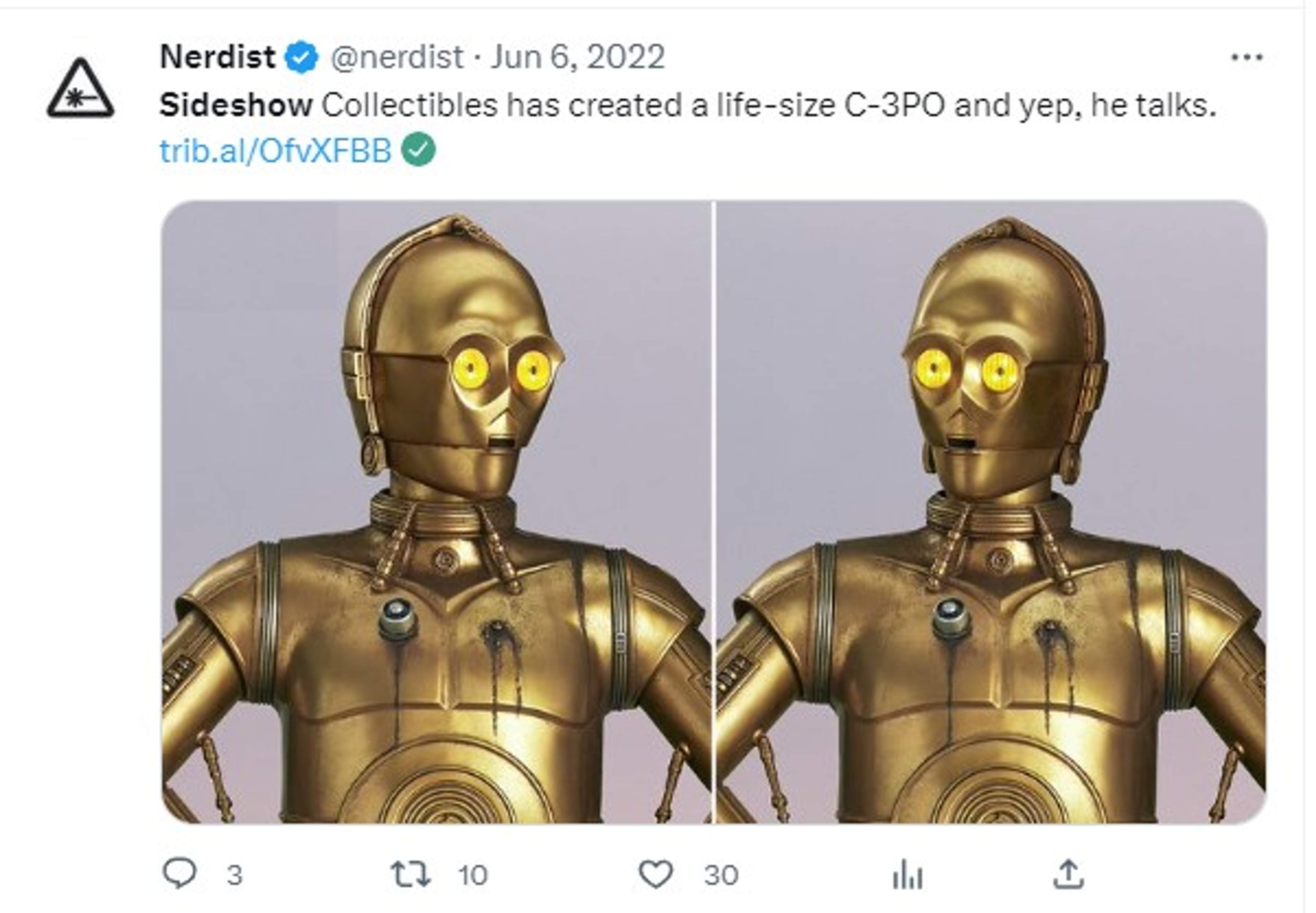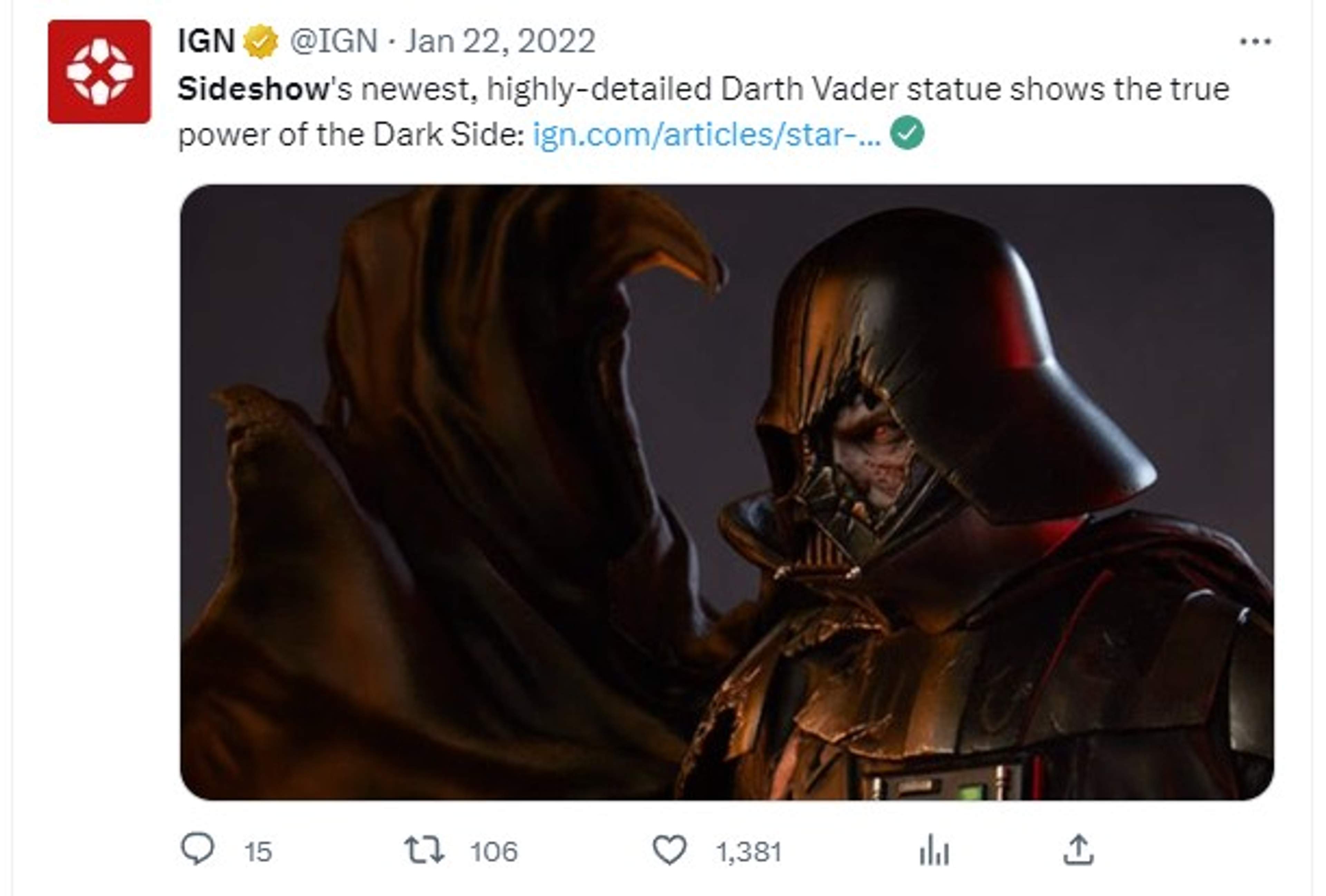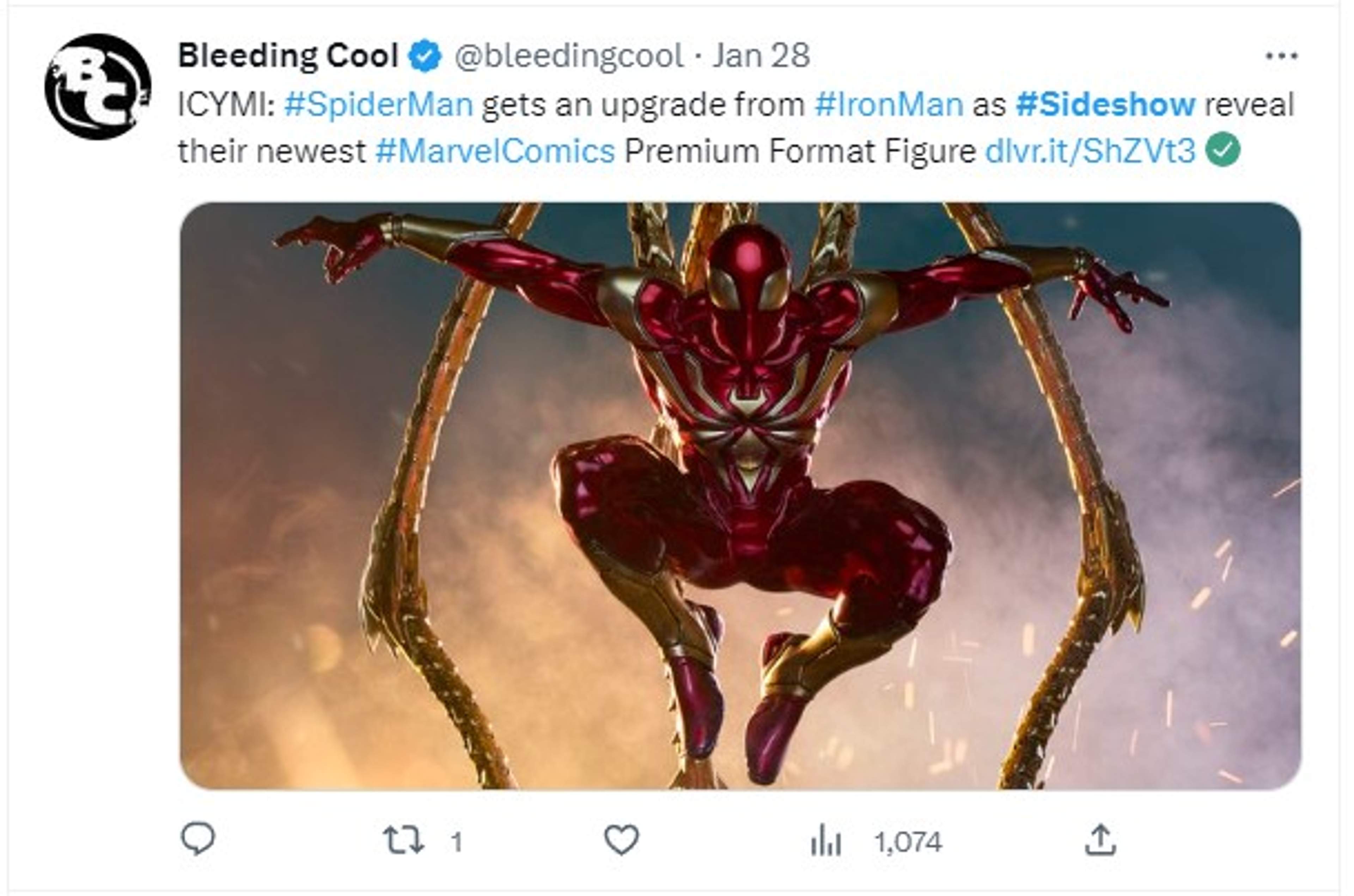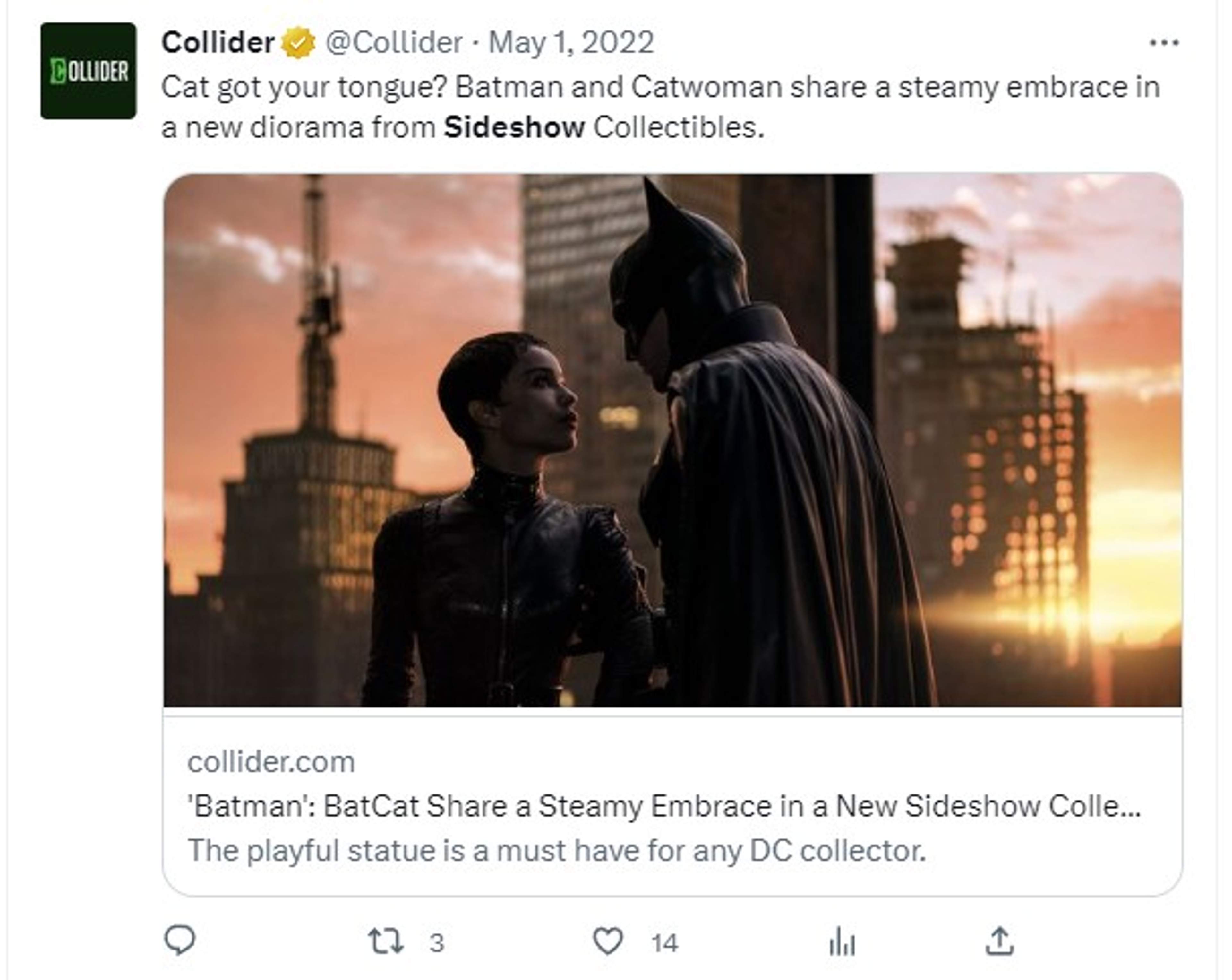Marketing Campaigns
Bestember Sales Campaign
Project background
In late August 2022, Sideshow was experiencing a sales slump that coincided with a massive influx of new inventory that had been ordered before the shipping challenges of the pandemic. This created an overstock problem that needed a quick resolution.
During a recent event, we had offered a site-wide 10% discount that had been successful at moving older inventory, so executive leadership wanted to offer it again just a few weeks later. The goal set was to match or beat the 22% increase in revenue that occurred with the last promotion.
Creative process
I was tasked with the challenge of how to present it to the public without devaluing the product or damaging the perceived brand value. I also had to do it within 2 weeks.
I knew from past success using events to drive sales and growth that the best way to spin this discount would be to package it as part of an event. Since it was site-wide, I had to come up with a campaign theme that was generic enough to include every license in our inventory.
September is a quiet month in fandom culture overall, so I decided to create a new "holiday" to occupy that space, tapping into fans' love of debating about fandom. Mixing the concept of Best and September with an eye toward including the audience for maximum engagement, I created Bestember.
As the tagline states: Pop culture's best, according to you.
This took the form of The Besties: a tongue in cheek pretend award show giving pretend trophies to the winners from categories like "Best Star Wars Planet" "Best Rogues Gallery Villain" "Best Hogwarts Professor" as voted on by fans in our Facebook Groups, email lists, and social media posts.
The Besties were presented in a daily interactive livestream, which were the tentpole elements of the campaign.
We filled in the rest of the campaign with the most successful elements of previous events, like giveaways, challenges, UGC, and themed blog content.
In addition, I offered exclusive giveaways and discounts for the email subscribers and promoted that as an insider's tip to inspire people to sign up for and open our email marketing sends.
By engaging fans with our brand all week with playful entertainment, we were able to frame the 10% discount as a benefit to fans during the event instead of a blatant marketing push to clear out inventory.
Final results
Fans loved this unexpected event that gave them something fun to do in a month when there were no conventions or geek culture events. Results surpassed the KPIs that were set across the board.
The week of the event compared to the week before:
5% increase in new users
20% increase in page views
5% decrease in bounce rate
30% increase in revenue
8% increase in conversion
45% increase in email open rate
22% increase in number of transactions
23% increase of site traffic from social media
165% increase in transactions from social media
In addition, we saw growth across every brand and channel on social media, including our primary platform, Facebook Groups.
There are over 40 social media accounts when you include the main brand and all the sub-brands, which were all included in this campaign to move every category of product. Some of the stand out results:
6% increase in total followers
11% increase in Facebook Group membership
8% increase in YouTube channel subscribers
This campaign was so successful I used it to create a template so we could quickly and efficiently re-skin the campaign with a different theme whenever the company needed to move inventory quickly again.
I worked with my team to create a campaign bible with all the elements, executables and timelines put together in one document.
Since then, the campaign has been re-skinned with different themes and executed multiple times with similar results.
Social Outreach Growth Campaign
Project Background
As the social media manager at Sideshow, I was tasked with revitalizing the Twitter account, which had been struggling with low engagement and no growth. The previous strategy of simply posting product images and copy had resulted in minimal likes and comments.
Creative Process
Having prior experience as a freelance social media manager, I knew that Twitter was a platform that demanded engagement in order to be effective. I began by changing the strategy to include a mix of engagement and product posts, with a ratio of three engagement posts for every product post. This included polls, questions, and conversation starters around geek culture and collectibles.
However, I realized that we needed to reach our target audience where they were already having conversations. I came up with the Social Outreach Campaign. This involved using the Sideshow Twitter account to like, comment, share, and engage with relevant brand accounts in the fan community. These included Nerdist, IGN, BleedingCool, and others.
I followed these accounts with the Sideshow Twitter account and used the established brand voice - that of a playful, clever, and passionate fan - to engage with the content and respond to other commenters. This helped establish the brand as an authentic and engaged member of the fan community, leading to increased followers and engagement.
Final Results
The Social Outreach Campaign was a huge success, resulting in a growth of followers from 22,000 to 125,000, with an engagement rate that averaged between 10-25%. The click-through rate also increased from zero to an average of 18%.
This campaign also proved to be an excellent PR boost, as several of the brands we engaged with started responding back in playful ways. This led to a relationship with Nerdist and IGN's marketing department and coverage of some of Sideshow's upcoming product releases. I eventually passed this campaign to a team member and scaled the strategy to include Instagram, Facebook, and LinkedIn.
Other Social Strategies
Let's Talk!
Unfortunately, I am bound by confidentiality agreements to not reveal details of certain social media campaigns in this portfolio. However, I'd be delighted to discuss the overall strategies and results in a personal conversation.
